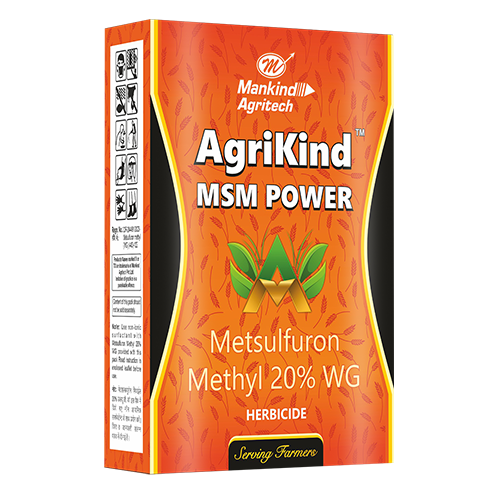Introduction and Significance
The potato is a crucial tuber crop in India, serving as a popular and affordable vegetable that ranks third in importance after rice and wheat. It is cultivated primarily as a Rabi crop in the Indo-Gangetic plains, with Uttar Pradesh, West Bengal, and Bihar being the largest producers. Its economic significance is immense, catering to a vast domestic market for fresh consumption and a rapidly growing processing sector for products like chips, French fries, and other frozen snacks. The crop provides a high yield per unit area, making it a profitable venture for many farmers and a source of rural employment. Nutritionally, the potato is a valuable source of carbohydrates, providing energy, and also contains significant amounts of Vitamin C, Vitamin B6, and potassium, making it a more nutrient-dense staple than many cereals.
Common Problems Faced by Farmers
BROWSE ALL PRODUCTS
Copyright © 2025 Mankind Agritech. All rights reserved.







